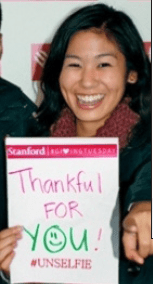Why are Good Nonprofit Fundraisers Hard to Keep? RESPECT

I can’t get no… Oh, I can’t get no… satisfaction…
Fundraisers report money is the number one reason they leave their jobs [See Part I of this two-part series here]. Hmmn… hmmn… hmmn…
Is it really all about the money?
While I do believe too many fundraisers are underpaid relative to their skill sets and performance, I’ve a hunch it’s not the real chief culprit for fundraiser dissatisfaction. What is?
The real reason fundraisers leave their jobs, and the sector, is very similar to why donors leave you. Today’s article will help you learn both:
- how to keep more fundraisers, and
- how to satisfy, inspire and retain more donors.
Ready?
I gave you a hint in the title. Yup. It’s what Aretha Franklin famously sang about:
R-E-S-P-E-C-T.
It’s not just respect for fundraisers as individuals that’s lacking. It’s respect for their profession. For what it takes to succeed with development in a nonprofit organization. For what it means to be a part of a team — all working together towards the same goal — and why it’s impossible to succeed without a supportive infrastructure and culture.
And, by the way, donors won’t thrive absent a supportive culture and infrastructure either. They’re looking to be a part of your community, your family, your way of life. If you won’t give them this warm, fuzzy, connected feeling — they’ll find someone else who will.
So what pre-conditions must be in place for fundraising staff, and donors, to want to stay?






 Everyone knows storytelling = good
Everyone knows storytelling = good

 Early in my career I received a piece of fundraising advice that has stuck with me to this day:
Early in my career I received a piece of fundraising advice that has stuck with me to this day:
 I generally counsel nonprofits to
I generally counsel nonprofits to 
 I confess I know virtually zip about artificial intelligence.
I confess I know virtually zip about artificial intelligence. Annual reports don’t have to be dry as dust. In fact, the most effective ones are not financial reports; they’re a story with the donor at the center. And they inspire action.
Annual reports don’t have to be dry as dust. In fact, the most effective ones are not financial reports; they’re a story with the donor at the center. And they inspire action.

 Here’s the deal: When you match people to environments or roles congruent with their skills, knowledge and strengths, they’ll do better.
Here’s the deal: When you match people to environments or roles congruent with their skills, knowledge and strengths, they’ll do better.
 The major gift journey is a synergistic one. You see, it’s both your journey and your donor’s journey.
The major gift journey is a synergistic one. You see, it’s both your journey and your donor’s journey.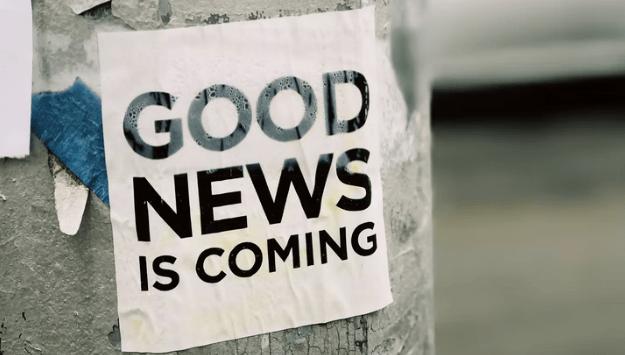

 In
In 


 TRUTH BOMB:
TRUTH BOMB:
 What the heck are “planned gifts?”
What the heck are “planned gifts?”


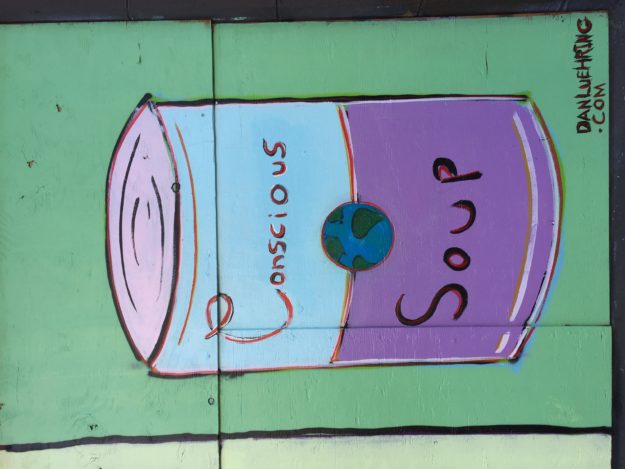
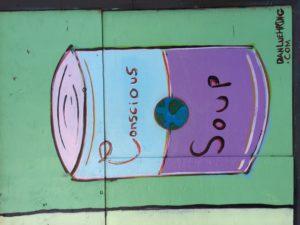 You want to raise money with your fundraising appeal, right?
You want to raise money with your fundraising appeal, right?



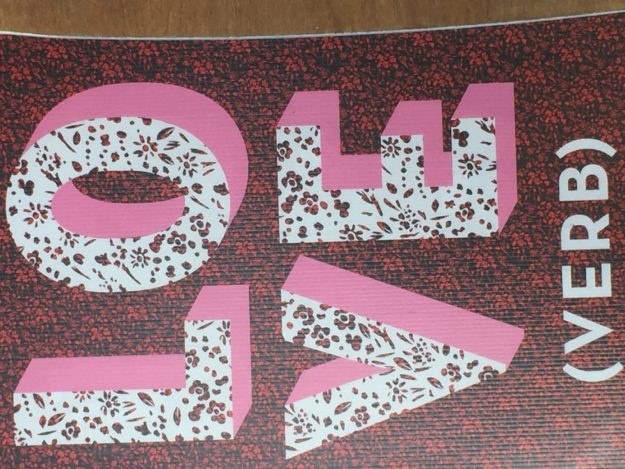
 To be a donor-centered fundraising expert, you must:
To be a donor-centered fundraising expert, you must: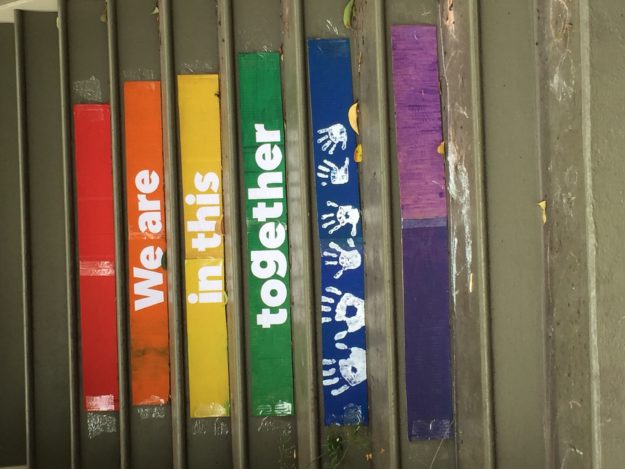
 This is one place you don’t have to social distance.
This is one place you don’t have to social distance.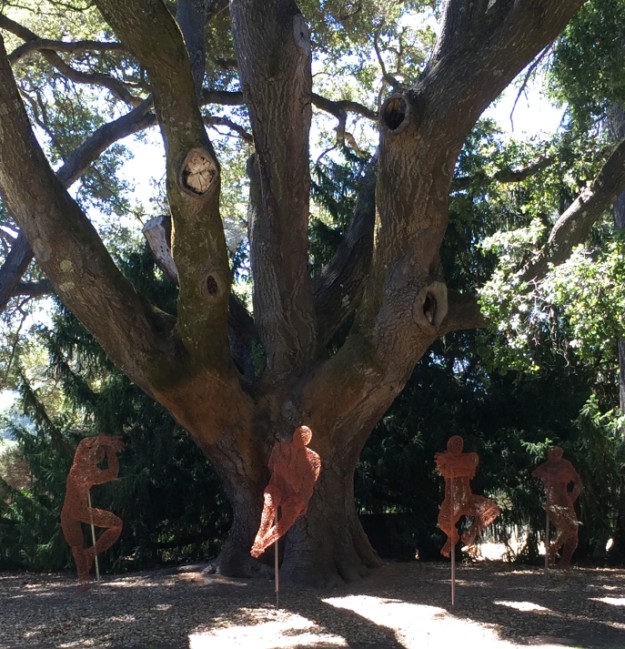
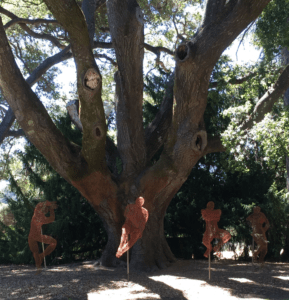 Early in my career I received a piece of fundraising advice that has stuck with me to this day:
Early in my career I received a piece of fundraising advice that has stuck with me to this day:
 I’ve been writing since this pandemic began about the importance of staying connected to donors right now.
I’ve been writing since this pandemic began about the importance of staying connected to donors right now.
 These days you’re likely communicating with constituents digitally more than ever before.
These days you’re likely communicating with constituents digitally more than ever before.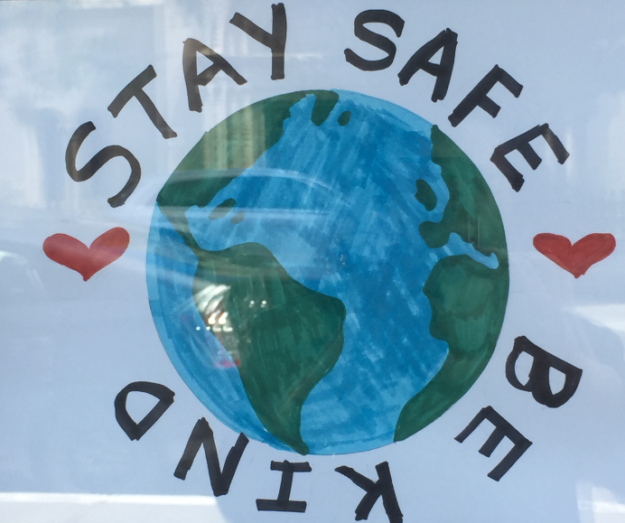
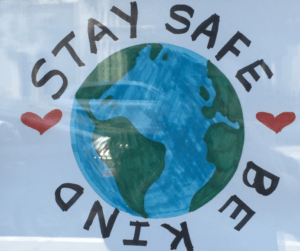 Resist the temptation to throw your hands up in the air because you’re hearing people are giving less now. While it may be true(ish), it doesn’t apply to everyone. And it doesn’t need to apply to your nonprofit.
Resist the temptation to throw your hands up in the air because you’re hearing people are giving less now. While it may be true(ish), it doesn’t apply to everyone. And it doesn’t need to apply to your nonprofit.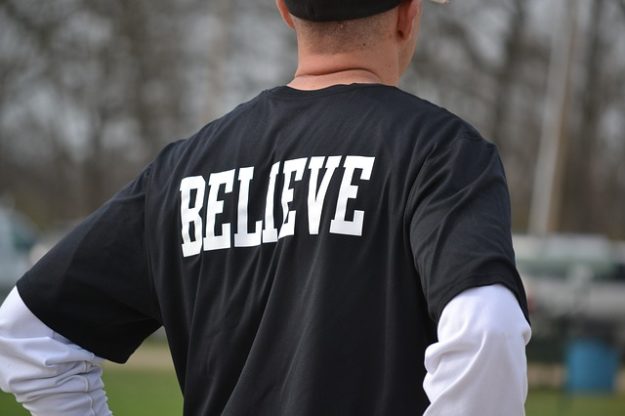
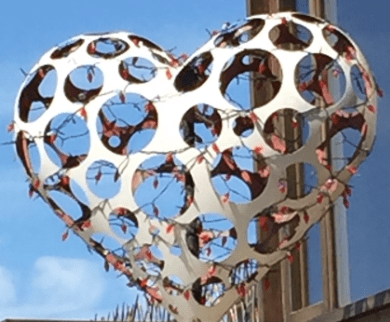
 If you feel too busy to contemplate adding one more task to your plate right now, you’re not alone. A pandemic is no vacation!
If you feel too busy to contemplate adding one more task to your plate right now, you’re not alone. A pandemic is no vacation!

 If you’re like me, chances are every other email in your inbox has something referencing coronavirus. You can’t ignore it, avoid it or wish it away.
If you’re like me, chances are every other email in your inbox has something referencing coronavirus. You can’t ignore it, avoid it or wish it away.


 The major gift journey is a synergistic one. You see, it’s both your journey and your donor’s journey.
The major gift journey is a synergistic one. You see, it’s both your journey and your donor’s journey.


 Can the act of philanthropy make people feel better?
Can the act of philanthropy make people feel better?
